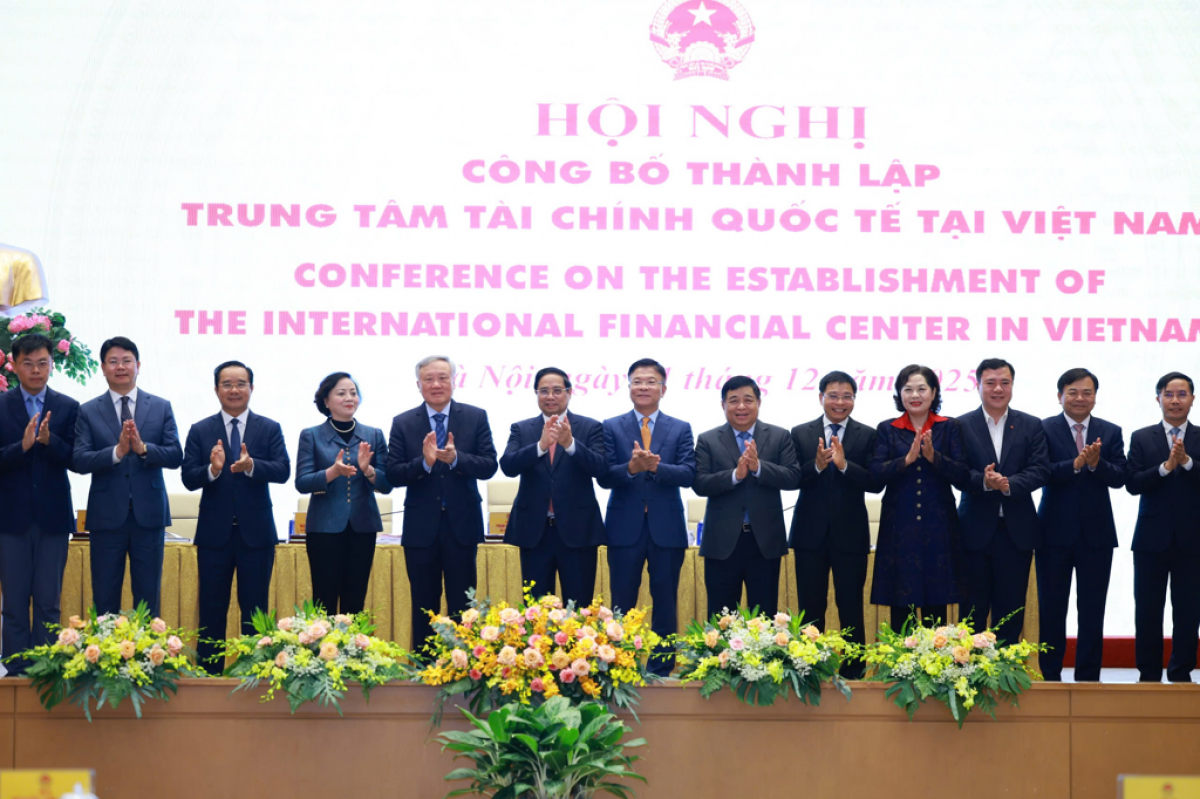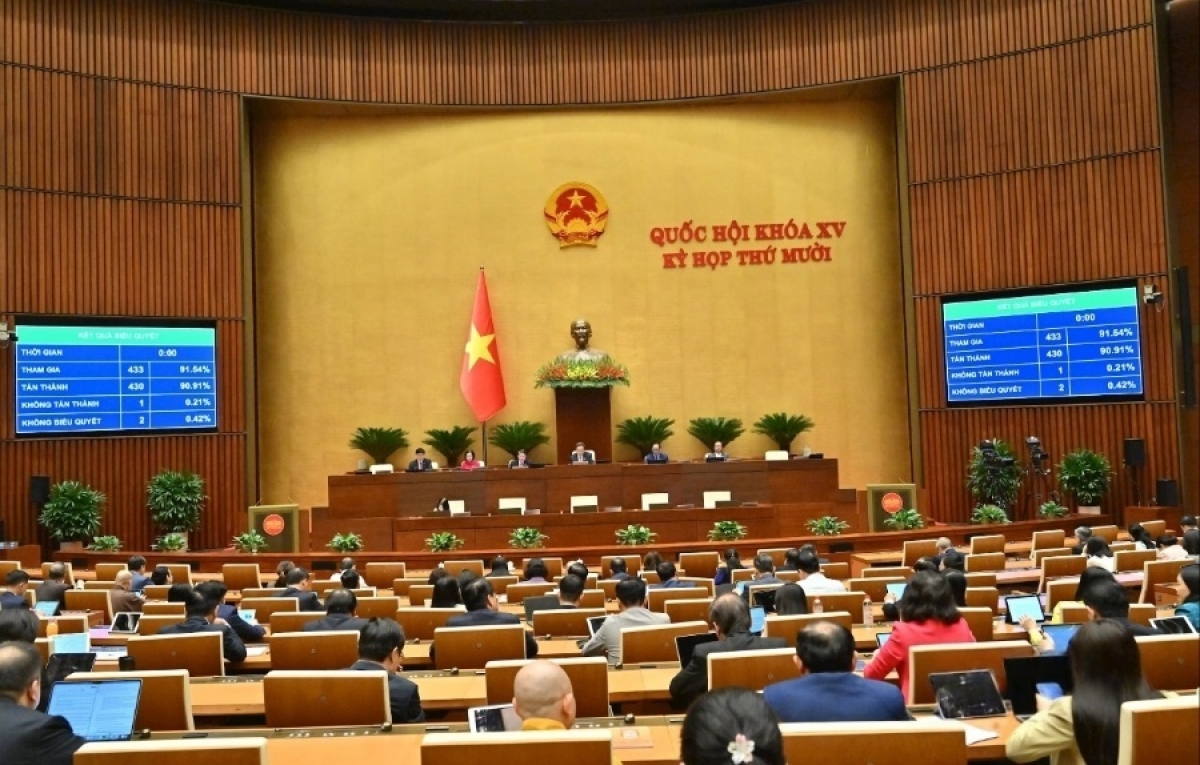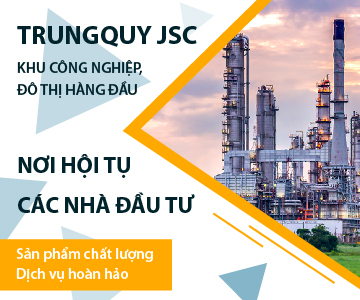INTERNATIONAL INVESTMENT
AND PORTAL
Nguyen Ngoc Phuc and Phan Thi Chu Uyen, a partner and an associate at Nishimura & Asahi, highlight several key points for legal entity lenders regarding certain provisions related to P2P lending in this decree.
 Nguyen Ngoc Phuc and Phan Thi Chu Uyen, a partner and an associate at Nishimura & Asahi
Nguyen Ngoc Phuc and Phan Thi Chu Uyen, a partner and an associate at Nishimura & Asahi
According to the decree, a peer-to-peer lending is a solution involving the application of IT provided by a P2P lending company to connect information and support the formation of contracts on a digital platform between customers who are the lenders and the borrowers.
Thus, three parties are involved: the P2P lending company, the lender, and the borrower. The P2P lending company is a financial technology company (fintech) that provides the P2P lending solution to its customers (i.e. the lenders and borrowers).
The lender includes credit institutions and foreign bank branches (collectively referred to as “banks”), other legal entities (including companies, except pawnshop companies established under Vietnamese law), and individuals who are Vietnamese nationals. The borrower includes legal entities (excluding banks) established under Vietnamese law and individuals who are Vietnamese nationals.
According to the decree, banks and Vietnamese companies, in their capacity as lenders, may utilise solutions provided by P2P lending companies. This helps banks, especially those with limited experience in online lending, gain an additional channel to reach borrowers, including legal entities (except banks) and individuals.
It also gives companies more options to use their capital effectively and safely, given that P2P lending transactions will be supported by the P2P company’s technology and closely supervised and controlled by the State Bank of Vietnam.
Some considerationsFirstly, for banks, the decree and existing regulations on banks’ credit extension activities have not provided separate rules for lending via P2P platforms.
This means all current legal provisions for traditional bank lending still fully apply, with no loosening or reduction when a bank lends through a P2P platform. Banks should be extremely vigilant and strictly comply with regulations on:
Know Your Customer (KYC) procedures: Ensuring the borrower’s identity is verified in accordance with current regulations.
Credit approval: The process of assessing the borrower’s repayment ability and intended use of funds must be carried out thoroughly, just as for any conventional loan.
Monitoring use of loan funds: Banks must continue to monitor and supervise the borrower’s use of loan funds to ensure the funds are used for the agreed purpose.
Operational safety limits: All limits on credit extension, limits on lending to a single customer or a related group of customers, capital adequacy ratios, and credit risk management requirements under regulations issued by the State Bank of Vietnam must be strictly adhered to.
For companies, they should exercise extreme caution when engaging in lending activities in general and in P2P lending in particular. Under current law, lending is a conditional business line, and the Law on Enterprises prohibits engaging in a conditional business line without satisfying all legal conditions.
According to the Law on Credit Institutions, a prerequisite for engaging in the lending business is a licence issued by the State Bank of Vietnam.
This law explicitly forbids any individual or organisation that is not a credit institution from carrying out banking activities. If companies regularly and continuously engage in lending activities for profit without obtaining the required licence, they may be deemed to be conducting a prohibited business activity under the law.
Secondly, in addition to general provisions, the decree sets out several specific requirements and limits that banks and companies should note as lenders.
Accordingly, borrowers are limited to legal entities (excluding banks) established in accordance with Vietnamese law, and individuals who are Vietnamese nationals.
The Governor of the State Bank of Vietnam (SBV) will determine the maximum outstanding loan balance for a single borrower at any one P2P lending solution and across all P2P lending solutions participating in the sandbox.
Although the primary responsibility for monitoring compliance with this cap lies with the P2P lending company and the borrower, lenders should also be mindful of this issue so they can be proactive in their lending decisions.
In addition, any loan contract entered into on a digital platform participating in the sandbox cannot exceed a term of two years. This is an important limit on loan duration that lenders should be aware of when lending via this channel.
Also, the decree requires lenders to ensure that their lending funds come from lawful sources and that they do not borrow funds in order to lend them out.
This point is quite sensitive for banks, as it requires banks to carefully plan and arrange the capital used for P2P lending to avoid violating this provision, given that, in essence, banking activities involve borrowing to lend.
For companies acting as lenders, this requirement is also noteworthy. It is not yet clear under what circumstances a lender’s funding would be considered unlawful (for example, if a company makes a loan while still owing taxes or employee wages, would the legality of its lending funds be called into question?). If the source of funds for a loan were deemed unlawful, the loan’s legal validity could be invalidated.
Thirdly, the decree stipulates that any contracts concluded between the lender and the borrower, or between the P2P lending company and its customers (and any related parties), must comply with the relevant applicable laws.
Given the broad reach of lending via digital platforms, any errors or omissions in a contract could lead to serious damages. If a contract contains an unclear provision, the lender may have to bear an unfavourable interpretation of that clause. Therefore, lenders should exercise great care and thoroughly review all terms of the contract.
Fourthly, the decree requires customers who use a P2P lending solution to acknowledge the risks involved in agreeing to use a fintech solution that is still in a pilot phase, and to bear responsibility for any risks or losses that may arise during the trial.
For lenders, this serves as an important reminder that they must self-assess and accept these risks when participating in the sandbox programme.
Fifthly, lending through a P2P platform involves the indirect participation of a third party, namely the P2P lending company that provides the digital platform. Therefore, lenders should pay special attention to regulations on the confidentiality of customer information.
The sharing and processing of customer data between the lender and the P2P lending company must strictly comply with the Law on Credit Institutions (for banks), personal data protection regulations, and other applicable specialised regulations.
Sixthly, unlike banks, which are specialised institutions proficient in credit evaluation, underwriting, lending, and debt recovery, ordinary companies must exercise caution when carrying out these tasks in the context of P2P lending.
Although the decree does not state this explicitly, the cap on maximum outstanding loan balances per borrower suggests that loans made through P2P platforms will mostly be small in scale, or that borrowers will be those unable to access more complex funding channels that require meeting multiple conditions (such as bank loans, bond issuances, or public share offerings).
With these characteristics in mind and considering that the decree does not require P2P companies to establish any mechanism for lenders and borrowers to set up security (e.g. pledges, mortgages, guarantees) through the P2P platform, and the decree even prohibits P2P companies from providing any security for a customer’s loan, the ability of companies to recover bad debts arising from P2P lending remains uncertain.
This concern is especially pronounced given that debt collection services have now been prohibited by law.
Benefits of the P2P lending solutionDespite various challenges and risks that need to be managed, P2P lending solutions under the regulatory sandbox mechanism hold the potential to deliver several significant benefits for banks, companies, and society, as outlined below:
Expanding customer reach: P2P lending creates an additional reliable channel connecting individuals and organisations in need of capital with banks. This helps banks reach new customer segments, especially those borrowers who find it difficult to access traditional credit channels due to the small scale of their borrowing needs.
New income channel for idle capital: For companies with idle funds, P2P lending opens up a new investment channel, helping them optimise the use of their capital and generate additional income.
Improved capital allocation efficiency: By leveraging a technology platform, the connection between lenders and borrowers becomes faster and more efficient, which helps optimise the allocation of capital flows in the economy.
Reducing black credit: When loan capital can flow conveniently through official and transparent channels such as digital platforms (under the supervision of the SBV), activities like usurious lending, fraud, and other forms of underground black credit can be minimised.
Driving innovation: Banks can experiment with new business models and modern technologies without facing overly large legal barriers at the outset, thereby spurring innovation across the entire industry.
The P2P lending solution under the regulatory sandbox mechanism is a significant step forward, opening the door to innovation in Vietnam’s finance and banking sector.
However, as discussed above, lenders still face certain legal gaps and potential risks. The absence of detailed regulations governing lending through P2P solutions means that lenders must act cautiously and comply fully with all existing regulations on credit provision, while also heeding the specific limits set out in the decree.
Therefore, for banks and companies to implement lending via P2P platforms more effectively and safely, further detailed guidance from the SBV and other relevant authorities may be necessary.
Clarity in the legal framework will be a key factor in helping banks and companies gain greater confidence in harnessing the potential of P2P lending solutions, thereby contributing to the sustainable development of Vietnam’s fintech ecosystem.
 Official P2P lending model to make debut
Official P2P lending model to make debut
A peer-to-peer lending model is to be piloted in Vietnam, but its risks will have to be managed strictly to mitigate losses and fraud.
 Lenders utilise tiered interest rate incentives
Lenders utilise tiered interest rate incentives
Amid persistently low deposit interest rates, banks are flexibly implementing policies or applying tiered interest rate structures to attract deposit inflows.
 Fintech sandbox era underway in Vietnam
Fintech sandbox era underway in Vietnam
Businesses are expected to venture further into tech-led business models in Vietnam in anticipation of new incentives from major policies.



















